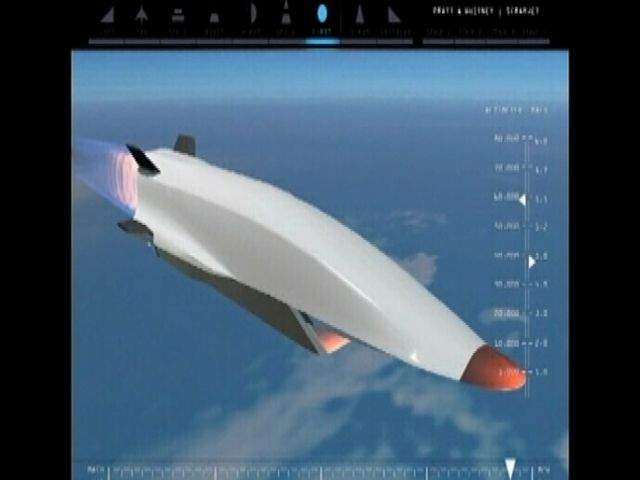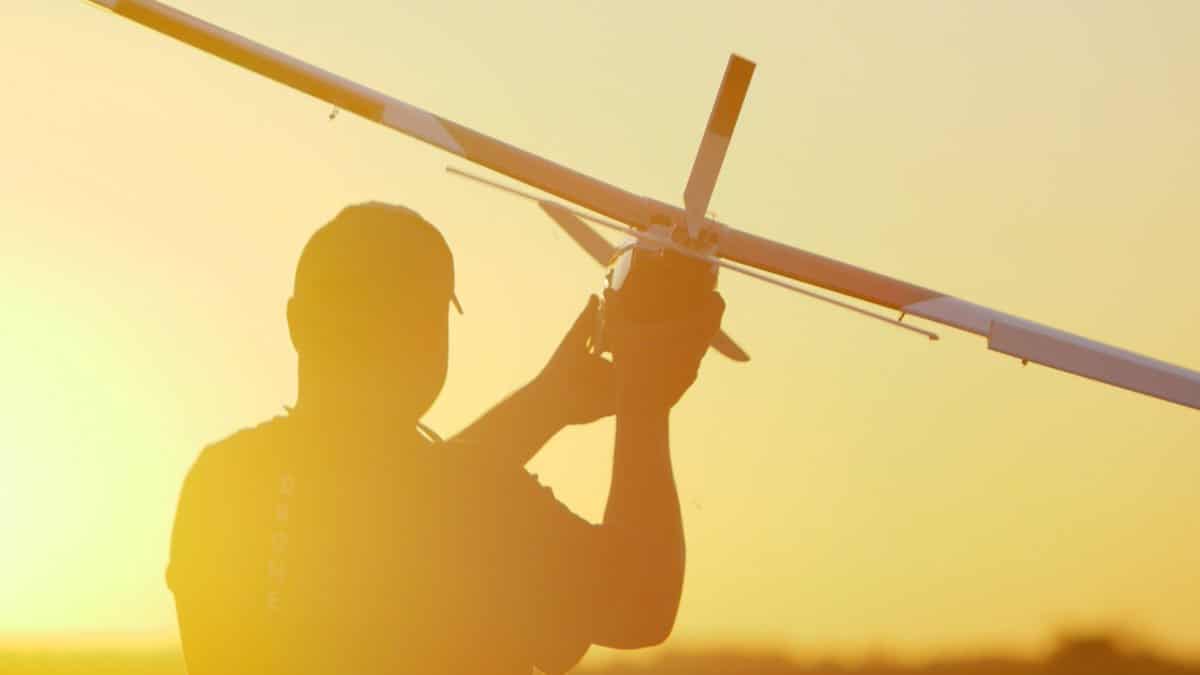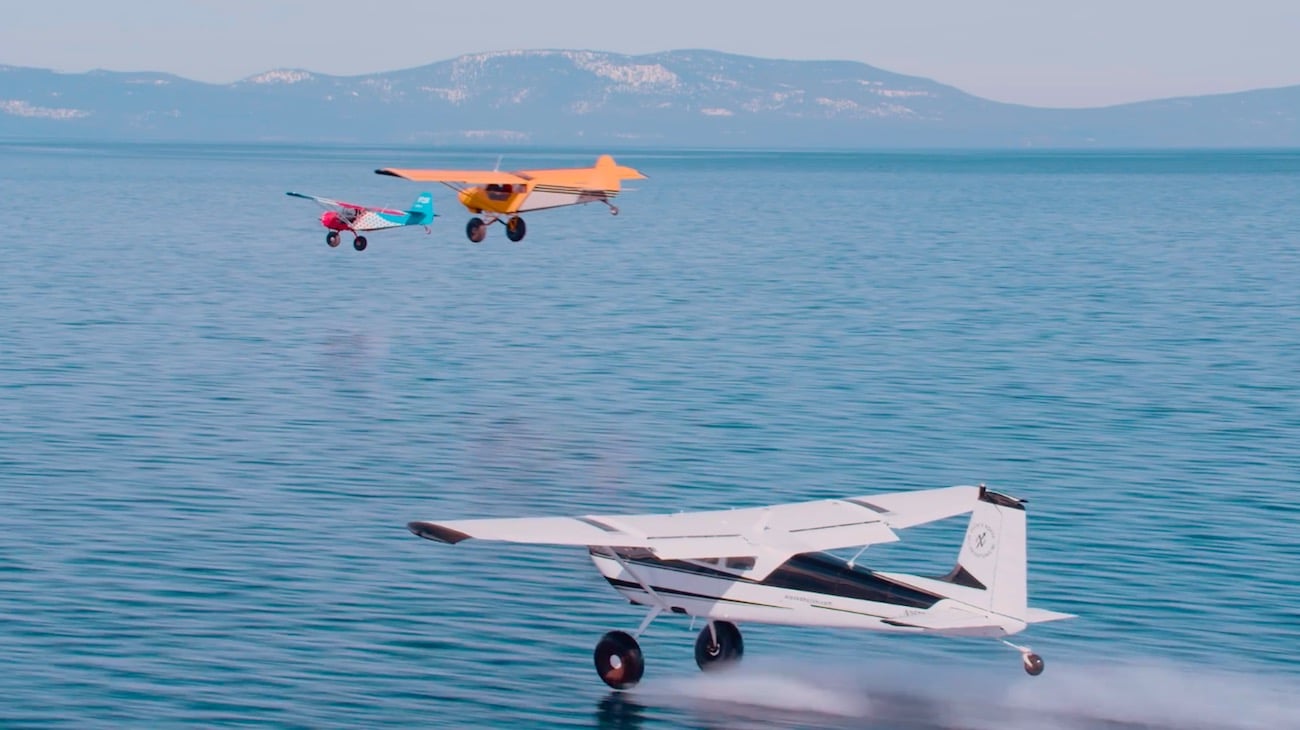New York to London in an Hour: Hypersonic Aircraft

Yes, says the US Air Force. Well, down the road anyway.
On Tuesday, the Air Force had its most ambitious test of its X-51 WaveRider hypersonic aircraft. This hypersonic aircraft is capable of speeds of 3600 miles per hour, or roughly 65 times the speed of that old man on the freeway who won’t move out of the fast lane. An exciting test, to be sure. But after less than a minute, a fault in the cruiser control fin caused the aircraft to literally fall apart. Instead of reaching hypersonic speed, the aircraft instead peppered the Pacific Ocean with small metal aircraft bits.
The control mechanism that failed worked fine in two previous tests. Going forward, it will be the focus of intensive tests and research. Though one of the four X-51 prototypes originally produced remains, the Air Force has not decided whether or not it will fly that particular aircraft.
Hypersonic scramjet propulsion (scramjet being shorthand for “supersonic combustion ramjet”) technology has been under development for years. It is widely thought to be the technology that will allow the aforementioned hour long trans-atlantic flights. However, as the Air Force found out, it is very hard to test hypersonic aircraft that use this technology. This is in part because unlike jet and rocket propulsion systems, it’s very difficult to test scramjet technology on the ground. Instead, scramjet technology requires either extremely expensive hypersonic test chambers, or extremely expensive launch vehicles. To add to the cost, when testing using launch vehicles, testing generally ends in the destruction of the vehicle.
This technology does look very promising. But at this point, it appears that we are still years of time, piles of money, and hundreds of frustrated scientists away from making a hypersonic aircraft capable of hypersonic travel.















Leave a Reply